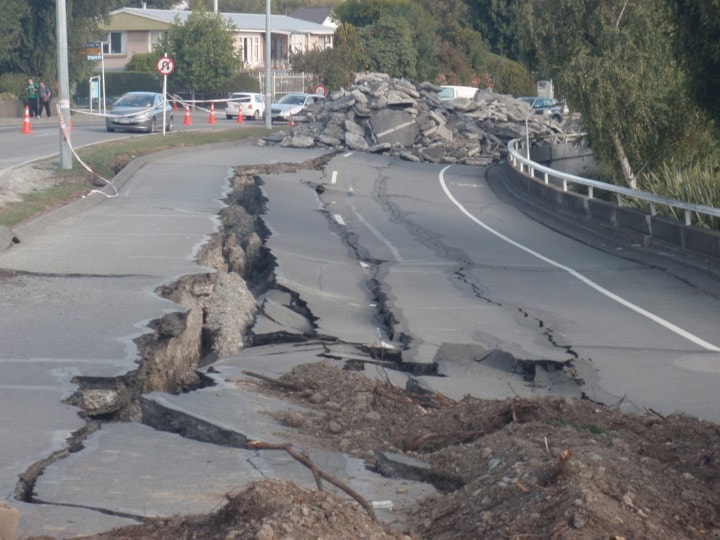One in three buildings downtown will have to be torn down – if they haven't already fallen. The military monitors access in and out of the city at manned checkpoints for safety and security reasons. The death toll continues to rise as more bodies are found buried in the rubble. And life must go on.
That's the reality facing residents of Christchurch, New Zealand, where three weeks ago a devastating 6.3-magnitude earthquake hit the city. It's also a very possible reality facing Greater Victoria residents when – eventually – "the big one" hits strikes the West Coast.
"This is one of our worst case scenarios," said Brock Henson, with the Saanich Emergency Program, on the phone from Christchurch. A quake similar in scope – a shallow crustal earthquake epicentred within a couple kilometres of of downtown – would result in a nearly identical disaster as that facing New Zealand.
Henson and Rob Johns, emergency co-ordinator with the City of Victoria, spent last week working in an emergency operations centre (EOC) in Christchurch helping with response and recovery efforts.
The intention, apart from assisting their Kiwi counterparts, is to learn how the relief efforts unfolded, under a similar disaster response system, and see where improvements can be made to our own preparations.
Last September, Henson was in Christchurch to learn from the aftermath of another quake, and came home with lessons to be applied here. Two trips in six months provides good insight into bettering our disaster response plans.
"Relationships are key," he said. "Engineers are absolutely the first responders in this context. They need to assess what's safe, unsafe, what needs to come down. That relationship we certainly need to work on."
He also said that the relationship with all levels of government needs to be strengthened because, in a disaster, everyone's scrambling and that order needs to be in place.
"They now have an integrated EOC (in Christchurch) and that was not by design. It's out of need because it became obvious that these people can't be dealing with each other over the phone and via e-mail. They need to be in the same place making decisions together," he said.
In New Zealand, the makeshift EOC is in the Christchurch Art Gallery – built to withstand a massive earthquake.
Though an EOC is portable and can be set-up wherever, the basement of the Saanich fire hall is prepared to be the operations centre.
"That being said, as they have learned here in New Zealand, it is very difficult to predict what buildings will suffer the most damage," Henson said.
George Spence, professor in the school of earth and ocean sciences at the University of Victoria, says based on fault lines and tectonic plate movement, an earthquake like that which occurred in Christchurch earthquake is something we can expect here.
"It's a more a shallow earthquake. It's within or on Vancouver Island itself. It's not caused by the ocean plates, but a fault on the island," he said. "The one we have to worry about is this one in the continent itself."
The 8.9-magnitude quake that struck Japan Thursdsay was the result of an ocean plate sliding under a continental plate. That result is similar to the "big one" that is expected to occur sometime in the next 500 years, hitting the West Coast.
“The nature of (the Japanese) earthquake … is similar to what is expected here,” he said. “It’s not a matter of if, but when.”
Henson reminds people to take the time and be prepared. Earthquake insurance and an emergency preparedness kit (with items such as a few days worth of food and water per person, money, a battery-powered radio, flashlight, first-aid supplies, toiletries, blankets and clothing) are crucial to have ready in the event of a disaster.
For more information on how to prepare yourself for an earthquake, visit www.pep.bc.ca.
kslavin@saanichnews.com
